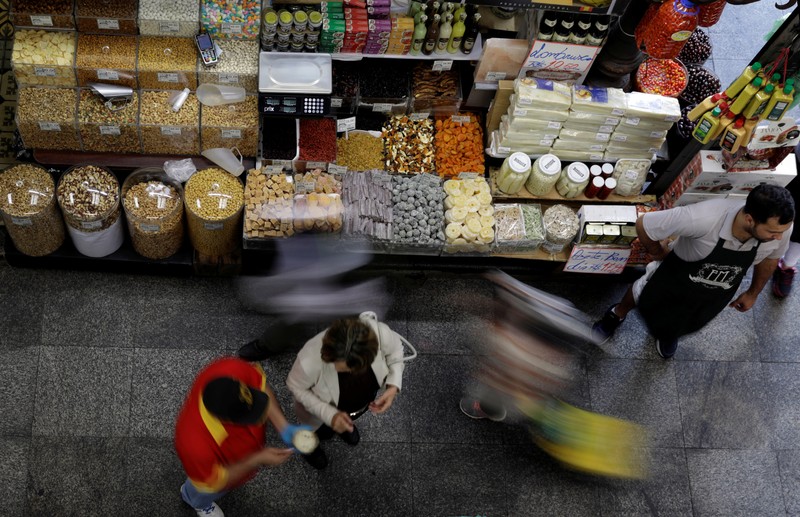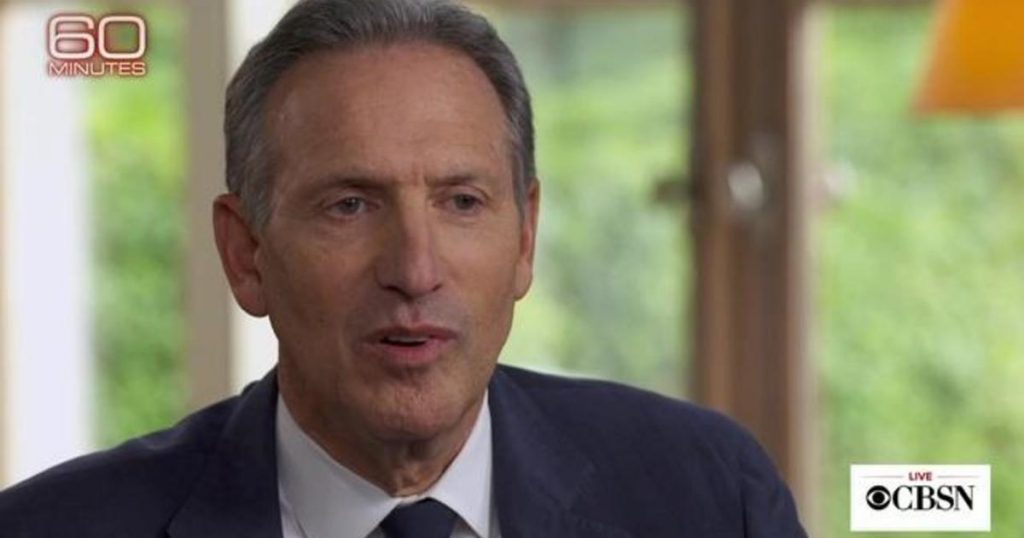
FILE PHOTO – People shop at the Municipal Market of Sao Paulo in downtown Sao Paulo, Brazil September 6, 2017. REUTERS/Paulo Whitaker
January 28, 2019
By Jamie McGeever and Marcela Ayres
BRASILIA (Reuters) – Brazil’s current account deficit doubled last year as economic growth fueled demand for foreign goods and services, while foreign investment reached its highest share of GDP since 2001, the central bank said on Monday.
The deficit remains narrow enough not to dim the generally positive outlook for Brazil that is taking shape among international investors for the year ahead.
Brazil’s current account deficit last year rose to $14.51 billion, or 0.77 percent of gross domestic product, almost exactly double the $7.235 billion shortfall registered the year before, equivalent to 0.35 percent of GDP.
Imports rose 21 percent on the year while exports rose 10 percent, which narrowed the trade surplus to $53.59 billion from $64 billion the year before.
But economists at Citi said the current account deficit, a broader measure of trade and capital flows, remains “comfortable” at less than 1 percent of GDP.
“(Brazil’s) external accounts should not pose any constraint to a benign outlook this year,” they wrote in a note on Monday.
Investors are paying close attention to plans of the government of new President Jair Bolsonaro to increase Brazil’s economic competitiveness via a mix of tax cuts, privatization and, most importantly, pension reform. The latter could save up to 1.3 trillion reais over the next decade, according to Economy Minister Paulo Guedes.
Some $88.3 billion of foreign direct investment poured into Brazil last year, the central bank said, exceeding its earlier projections of $83 billion. Net FDI flows over the 12 months to December totaled 4.7 percent of GDP, the highest since June 2001, the central bank said.
Investors pulled funds out of Brazilian financial markets last year, however. Central bank figures showed that foreign investors withdrew $4.265 billion from Brazilian stocks in 2018, the most in a decade.
The pace of foreign inflows into Brazilian financial assets is expected to pick up this year, however, with investors attracted by Bolsonaro’s market-friendly policies and by relatively high interest rates.
“Brazil is one of the most under-positioned emerging markets out there, so I am quite optimistic on the potential for strong inflows this year,” said Robin Brooks, chief economist at the Institute of International Finance in Washington.
“Or put differently, the hurdle for the new administration is pretty low,” he said.
Amundi, Europe’s largest fund manager with 1.45 trillion euros of assets under management, said on Monday that Brazil is emerging as one of the most attractive destinations for long-term investment in local currency debt instruments.
Brazil’s benchmark Selic interest rate stands at 6.50 percent. That may not rise much if at all this year, thanks to the uncertain global economic outlook, but a growing consensus among international investors is that is an investment risk worth taking.
(Reporting by Jamie McGeever; Editing by Daniel Flynn and Frances Kerry)

